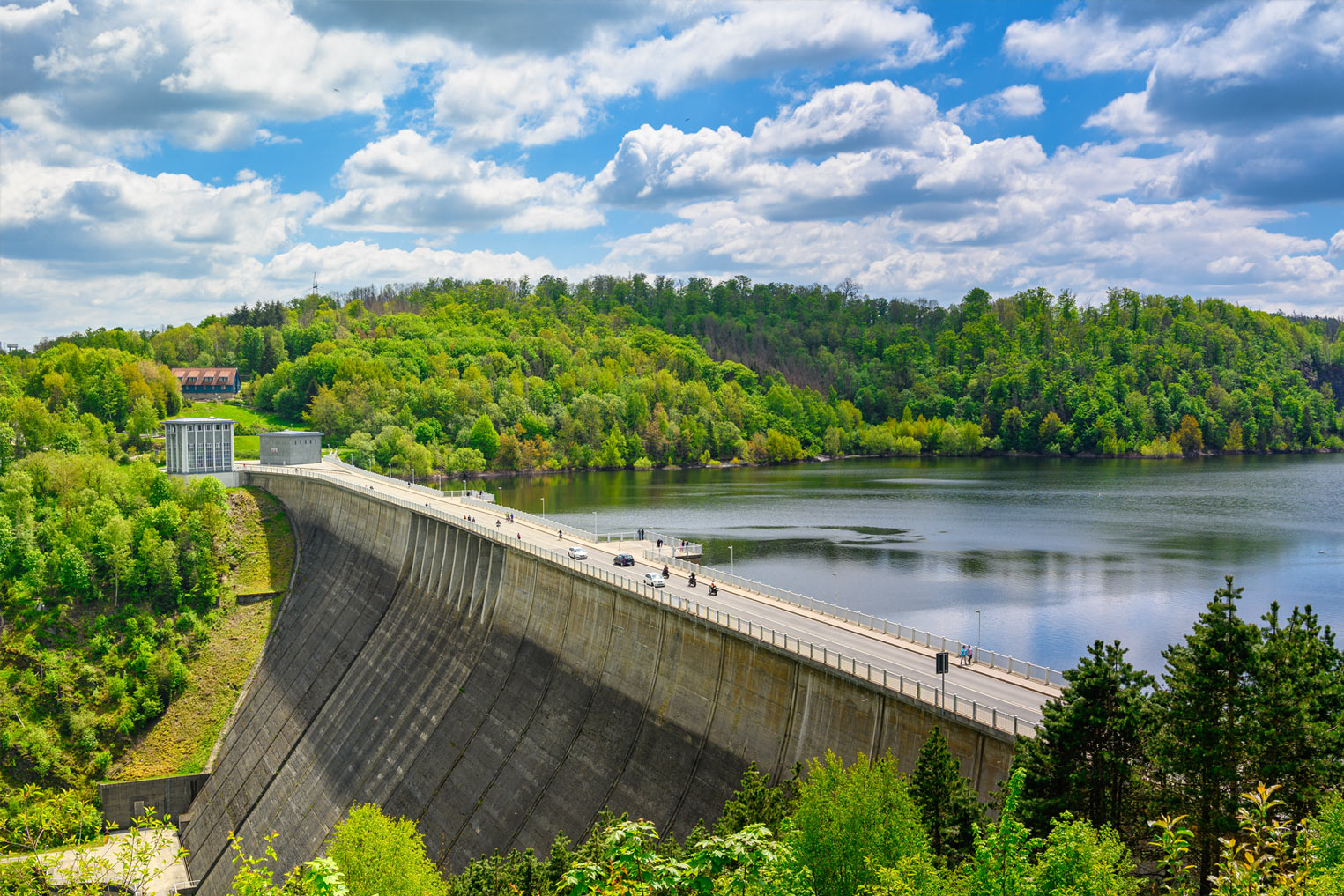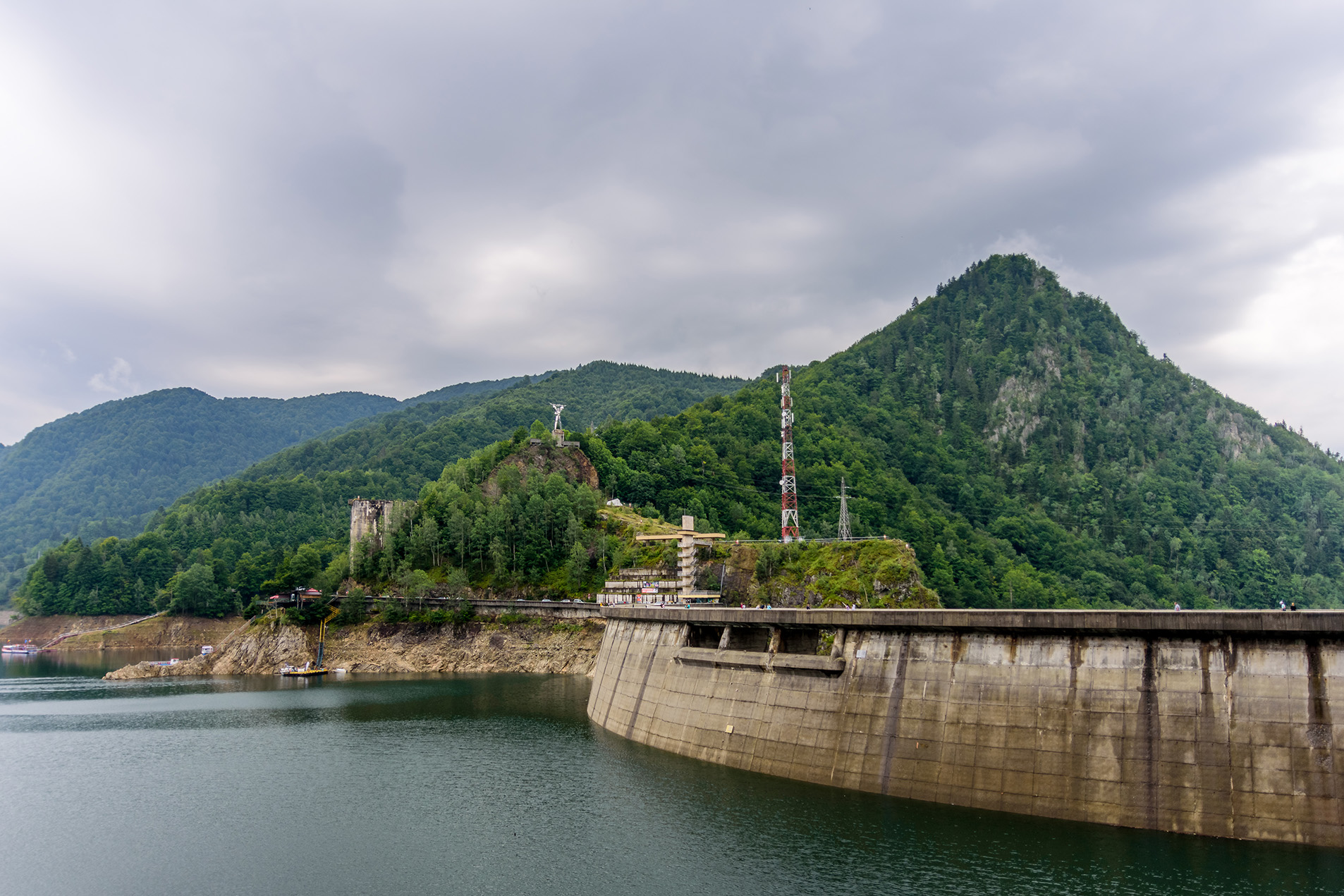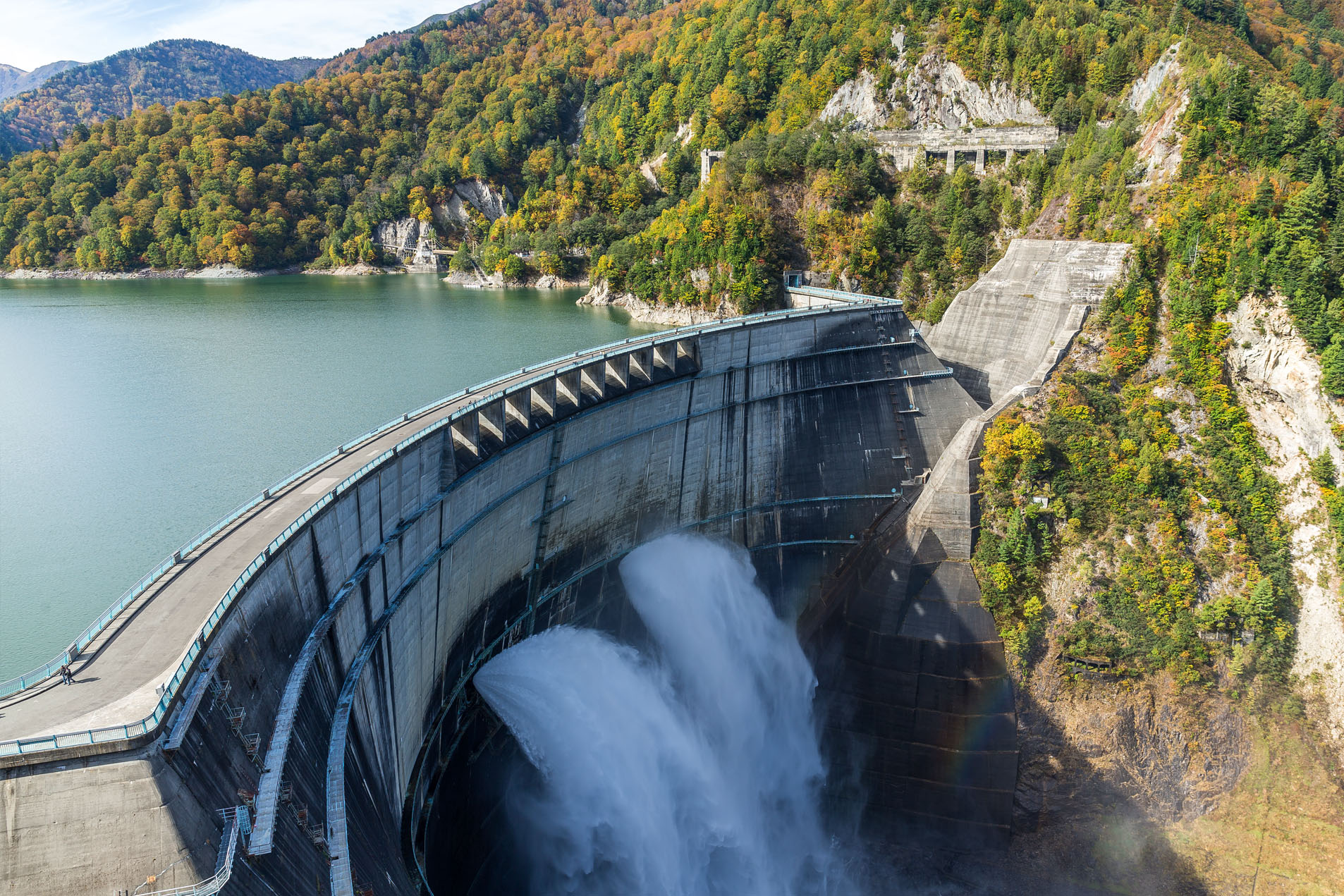Romanians have a lot of confidence in hydropower: the evolution of Hidroelectrica's shares on the BVB proves it. "No one, no consultant, could have predicted such a success (of the listing of Hidroelectrica) and this shows that Romania has fantastic potential and we need to think, have the courage to think and make big plans," he said. Borbely Karoly Borbely, Chairman of the Board of Hidroelectricaon the one-year anniversary of the company's IPO.
Why should we want to increase hydro capacity?
Here's a little quiz: what role does hydropower play in the Romanian energy sector?
- Securing energy supply
- Stabilizing the energy system
- Energy storage
Yes, all 3 options are correct. However, hydropower in Romania has not developed enough on all 3 axes.
1. Securing energy supply - pride in communism, challenge in the 21st century
The construction of dams and hydroelectric power plants was certainly one of the communist achievements that deserves the epithet "glorious". Many resources, high engineering quality and a lot of investment were the price for the realization of majestic constructions and important electricity generating units. That is why hydropower currently accounts for about 20% of the national energy production. It is also one of the most important resources for the clean future of European Romania, according to National Energy Strategy by 2024: hydropower is the main source of renewable energy, covering about 34% of Romania's final electricity consumption. Also, the paper shows, hydropower plants are highly efficient and pumped storage hydropower plants confer a basic role in the balancing market. At the beginning of 2024, the net installed capacity from hydropower sources was 6,139 MW.
2. Stabilizing the energy system, even with renewables
But when it comes to energy, it is not only the quantity produced that is important, but also when we can rely on it. So, at peak demand, our country can run hydropower plants to meet the high demand. This role of stabilization is also mentioned in the 2025 - 2035 Strategy, cited above, but also in previous versions: for example, Energy Strategy 2016 - 2030 The essential role of hydropower in the balancing market will have to be reinforced by timely maintenance and retrofitting. Investments in reverse pumped storage plants are unlikely before 2030; their feasibility will be determined by the service needs in the regional balancing market. Existing hydropower capacity can provide system technology services with instantaneous generation variations of up to 4500 MW in 24 hours".
Of course, for its balancing function, hydropower is part of a tandem with other types of energy, such as natural gas and even coal. The usefulness of this mix has been visible even in the hot and rainless periods this year: 'Although it is a very dry year, the driest in a decade, we have a satisfactory filling rate of over 80% in the reservoirs. You should be aware that around 701TPTP4T of the hydro production is on-stream and the flows are low and the flow of the Danube is decreasing," he said. Minister for Energy in July 2024. Sebastian Burduja pointed out that certain projects, such as Tarnița-Lăpuștești, need to be finalized so that Romania is prepared for such situations that could recur. This year, Romania has responded to growing energy needs by increasing production in natural gas and coal-fired units: "As I was telling you, as a result of the efforts we have all made over the last few days, we have managed to increase production by about 400 megawatts. I am referring to a group at Ișalnița - almost 250 megawatts, at Paroșeni - almost 100 megawatts, at CET Bucharest South - 50 megawatts. ", said the dignitary.
- Energy storage
"Storage is the main emergency of the national energy system and that is why we have insisted on two components, on the one hand pumped storage plants and, on the other hand, batteries," said Energy Minister Sebastian Burduja. This is because pumped storage hydropower is one of the existing ways of storing energy.
How this is possible? A pumped storage hydropower plant involves two water reservoirs at different altitudes.
Energy production: Energy is produced when water moves from the upper basin to the lower basin through turbines.
Energy storage: The system requires energy to pump water from the lower level tank to the upper level tank (recharge).
This type of hydropower plant works similarly to a giant battery in that it can store energy and then release it when needed.
Read more in this video:
One of the big projects that could serve to storage is the Tarnița-Lăpuștești hydropower plant: "We are going ahead with Tarnița-Lăpuștești, with my great desire to see bidders for the feasibility study. It is difficult, I understand that the Romanian industry, the design institutes no longer exist and then in complex works we face this shortage of possible bidders.(...) That is why I insist that 2,000 MW, and so says the National Energy Dispatching, 2,000 MW of storage should come from pumped storage power plants," said the Energy Minister.







